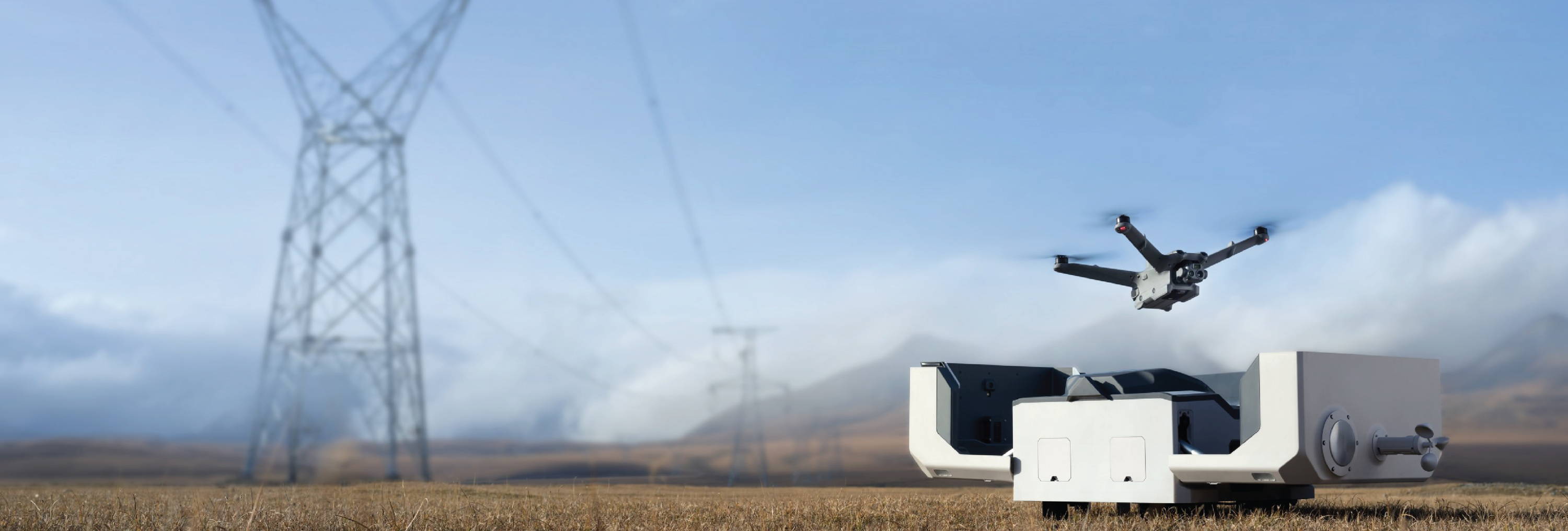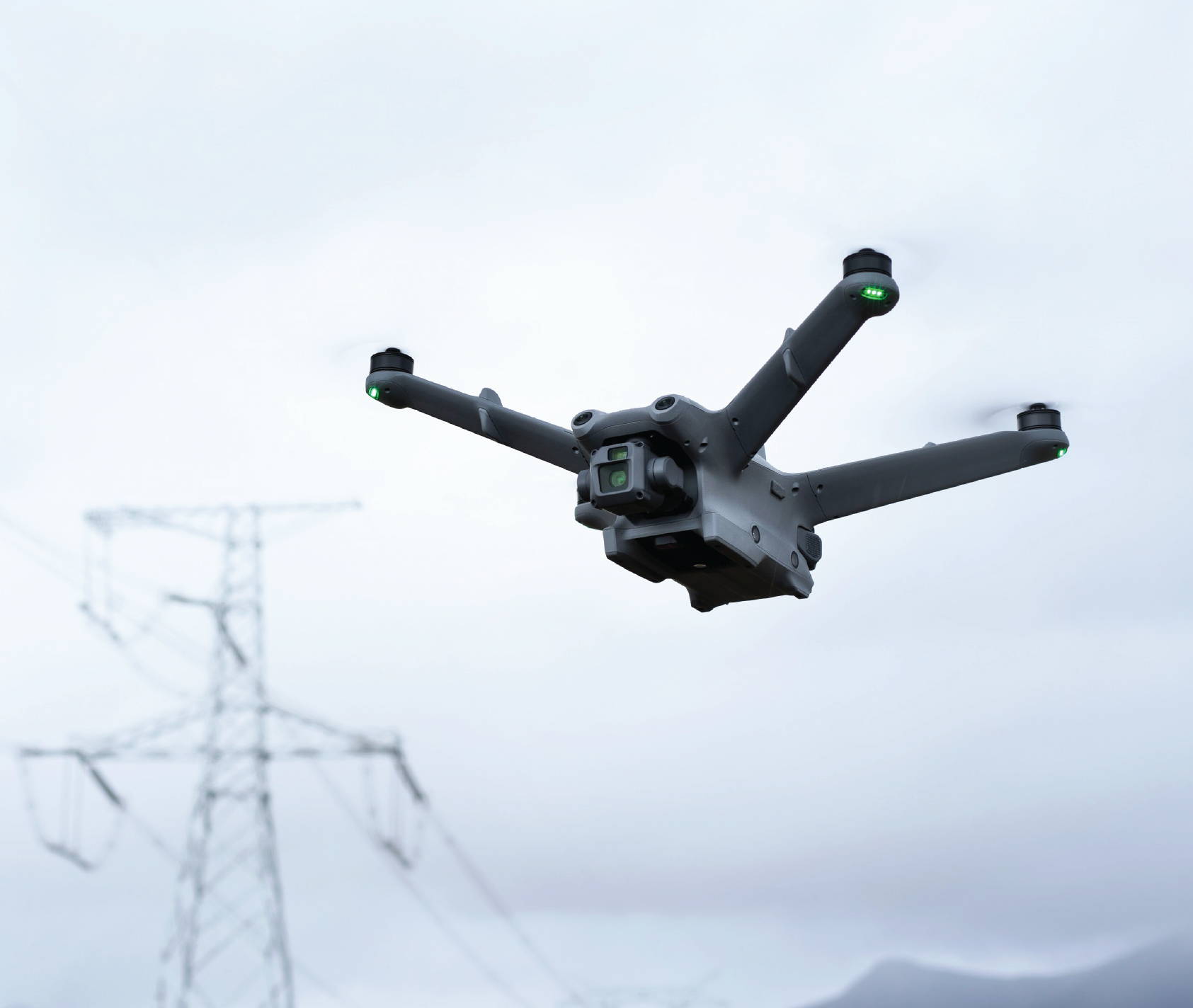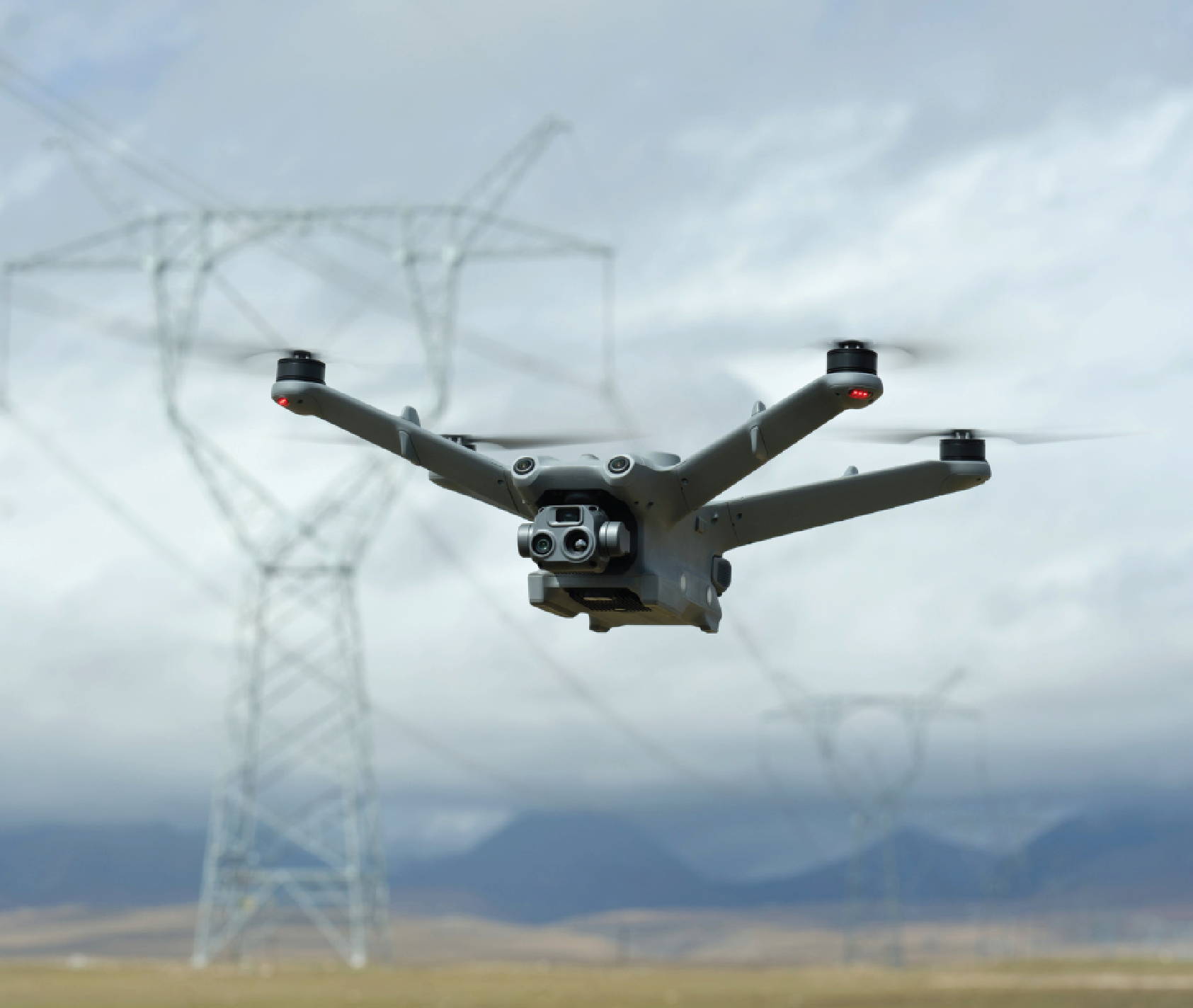The
DJI Dock 2 stands out as the leading drone docking station for several reasons:
• Compact and Portable Design: Its remarkably compact size, being 75% smaller and 68% lighter than its predecessor, ensures easy transportation and installation. This feature makes it versatile and adaptable to various operational environments without requiring extensive space or resources.
• Steady Operations in Harsh Conditions: With its IP55 dust and water resistance rating, the
DJI Dock 2 can operate reliably even in harsh environmental conditions. This feature ensures that the docking station remains operational regardless of weather challenges, enhancing its reliability and suitability for diverse applications.
• Integrated Environmental Monitoring System: The
DJI Dock 2 is equipped with an integrated environmental monitoring system that enhances safety during drone operations. This system allows real-time monitoring of weather changes, enabling timely decision-making to minimize flight risks and ensure the safety of both the drones and the surrounding environment.
• Automated Mission Management: With advanced sensors and image recognition technology, the DJI Dock 2 facilitates automated mission management. It enables improved landing stability and precise landings, enhancing overall operational efficiency and reducing the risk of accidents or errors during drone missions.
• Built-in Backup Battery: In the event of a power outage, the DJI Dock 2 features a built-in backup battery that sustains operations for over five hours. This ensures uninterrupted operation and provides sufficient time for drones to safely return and land, even in emergency situations.
• High Reliability and Low Maintenance: With a maintenance interval of approximately six months, the DJI Dock 2 offers high reliability and minimizes maintenance costs. Its robust construction and advanced features contribute to prolonged operational lifespan, making it a cost-effective solution for long-term drone operations.
• Seamless Integration with DJI FlightHub 2: The DJI Dock 2 seamlessly integrates with DJI FlightHub 2, a comprehensive drone operations management platform. This integration allows for streamlined mission planning, real-time monitoring, and advanced analytics, further enhancing operational efficiency and effectiveness.
Additionally, the
DJI Matrice 3D and
3TD models, specifically designed for integration with the DJI Dock 2, offer advanced sensors, integrated RTK modules, and obstacle sensing systems, these drones ensure precise navigation and enhanced safety during operations. The DJI Matrice 3D focuses on precision mapping with its tele and wide-angle cameras, while the 3TD offers versatility with a multi-camera setup for security and inspection tasks, including thermal imaging. With features such as precision mapping, dual imaging capabilities, and extended flight times, the DJI Matrice series provides unparalleled efficiency and functionality for a wide range of applications, making it the ideal choice for businesses.


